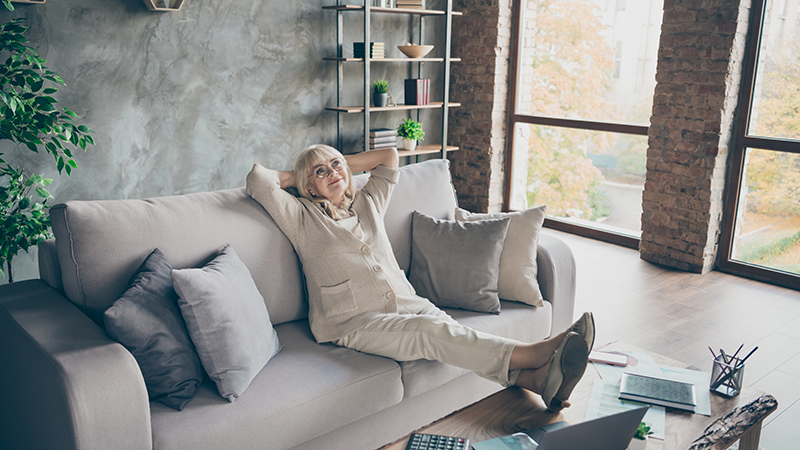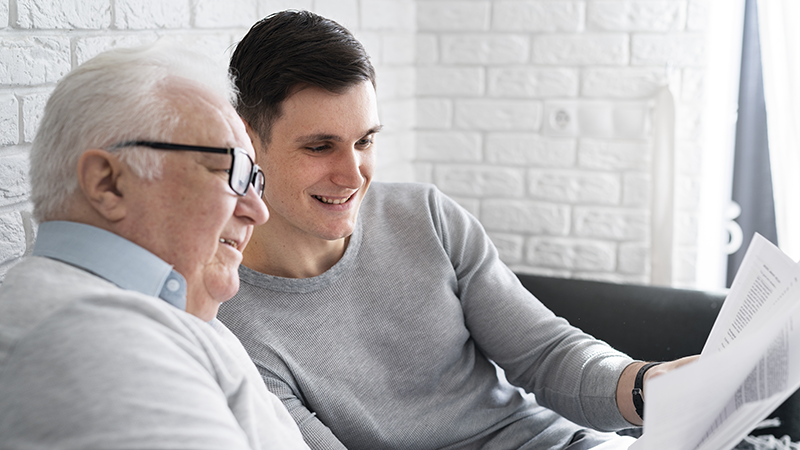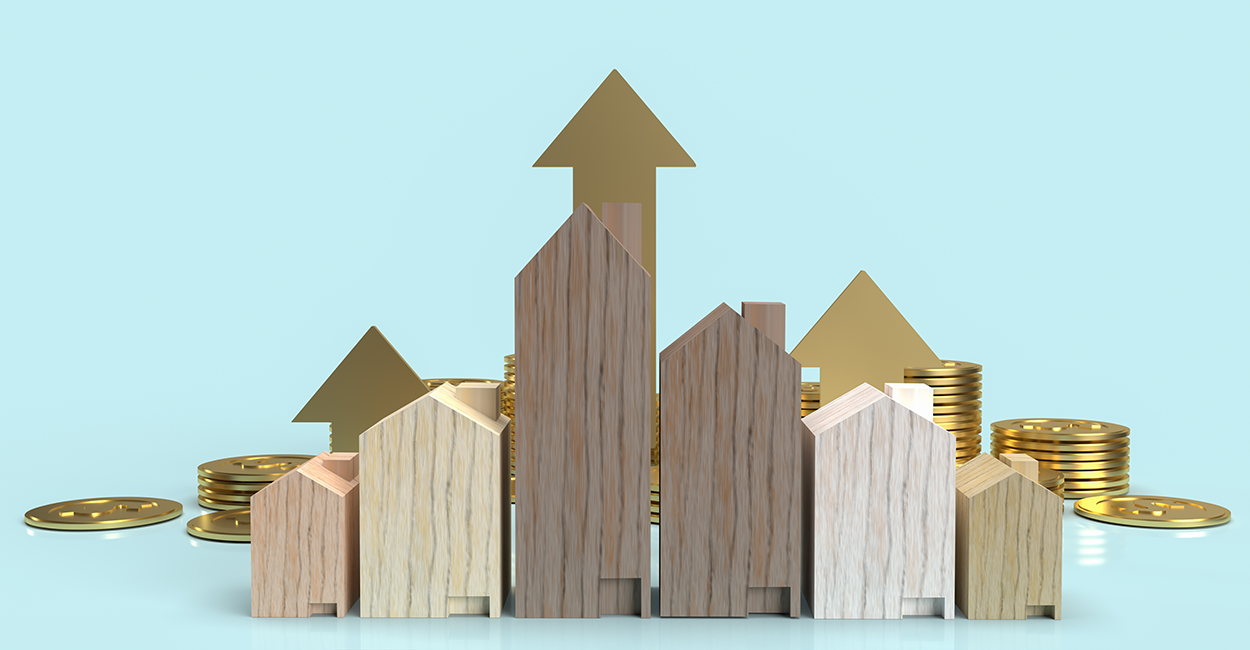If you are considering selling the bare ownership of your property, it is essential to know its value.
This process may seem complex, but with the right information and tools, you can obtain an accurate valuation.
In this article, we will guide you step by step on how to calculate the value of bare ownership before proceeding with the sale.
Discover all the details and factors to consider to maximize your gain.
What Is Bare Ownership?
Before diving into calculations, it is important to understand what bare ownership is.
Bare ownership represents the ownership of a property without the right of usufruct. In other words, the buyer obtains ownership of the house, but does not have the right to live in it until the usufruct expires, which can be lifelong (ending with the death of the usufructuary) or term-based (ending on a specific date).
Why Sell Bare Ownership?
Selling bare ownership can be an attractive solution for those who need immediate liquidity but wish to continue living in their home.
It is a popular option among elderly individuals who want to supplement their pension without leaving their home, as well as among heirs who inherit a property in which someone currently lives (the usufructuary). In some cases, heirs choose to sell the bare ownership, allowing the usufructuary to remain in the property while still obtaining immediate cash.
This approach allows you to realize the property’s value without waiting for the usufruct to end.

Factors That Influence the Value of Bare Ownership
The value of bare ownership is determined by several key factors that must be carefully considered before proceeding with the sale. Understanding how each factor affects the overall value can help you make an informed decision and maximize the benefits of the transaction. Here are the main elements that influence the value of bare ownership:Duration of the Usufruct
The duration of the usufruct directly affects the value of bare ownership. The usufruct can be lifelong (lasting for the life of the usufructuary) or term-based (with a predetermined duration). A lifelong usufruct reduces the value of bare ownership compared to a term-based one, as the bare owner must wait for the remaining life of the usufructuary before obtaining full ownership of the property. For example, if the usufruct is set for 20 years, the value of bare ownership will be higher than that of a lifelong usufruct for a young person.Age of the Usufructuary
One of the main factors that determines the value of bare ownership in the case of a lifelong usufruct is the age of the usufructuary. The younger the usufructuary, the longer the expected duration of the usufruct and, consequently, the lower the value of bare ownership. This is because the buyer of the bare ownership must wait longer before fully enjoying the property. For instance, a usufructuary aged 40 will have a greater impact on the value than one aged 80, as the expected remaining lifespan is very different.Market Value of the Property
The current market value of the property is another key element. An accurate valuation can be obtained by requesting a property appraisal that takes into account the characteristics of the property, its location, and local market conditions. Additionally, there are online valuation tools that can provide a preliminary estimate based on comparative market data. It is important to consider that market value may fluctuate due to economic factors, real estate supply and demand, and local market trends. Request a free online valuation of your property now. Get an estimate in just a few clicks to get an idea of your property’s value. If you want a more accurate valuation that considers the unique features of your property, request a free inperson appraisal from a Hasamia agent!
Calculating the Value of Bare Ownership with Lifelong Usufruct
The first step in calculating the value of bare ownership is to determine the market value of the property.
Based on the age of the usufructuary, the percentage distribution is as follows:
• 0–20 years: 95% usufruct / 5% bare ownership
• 21–30 years: 90% usufruct / 10% bare ownership
• 31–40 years: 85% usufruct / 15% bare ownership
• 41–45 years: 80% usufruct / 20% bare ownership
• 46–50 years: 75% usufruct / 25% bare ownership
• 51–53 years: 70% usufruct / 30% bare ownership
• 54–56 years: 65% usufruct / 35% bare ownership
• 57–60 years: 60% usufruct / 40% bare ownership
• 61–63 years: 55% usufruct / 45% bare ownership
• 64–66 years: 50% usufruct / 50% bare ownership
• 67–69 years: 45% usufruct / 55% bare ownership
• 70–72 years: 40% usufruct / 60% bare ownership
• 73–75 years: 35% usufruct / 65% bare ownership
• 76–78 years: 30% usufruct / 70% bare ownership
• 79–82 years: 25% usufruct / 75% bare ownership
• 83–86 years: 20% usufruct / 80% bare ownership
• 87–92 years: 15% usufruct / 85% bare ownership
• 93–99 years: 10% usufruct / 90% bare ownership
• Over 100 years: not applicable
Practical Examples of Bare Ownership Calculation with Lifelong Usufruct
• If the usufructuary is 77 years old and the property is valued at €200,000, the usufruct is €60,000, and the bare ownership is €140,000.
• If the usufructuary is 84 years old and the property is valued at €100,000, the usufruct is €20,000, and the bare ownership is €80,000.
What Does the Usufructuary Receive in Case of Sale?
In the event of a sale, the usufructuary is not entitled to any compensation. Their only right is to enjoy the property until their death.
Knowing the value of bare ownership is essential to make informed decisions and maximize the benefits from the sale.
Contact us now for a free valuation!





